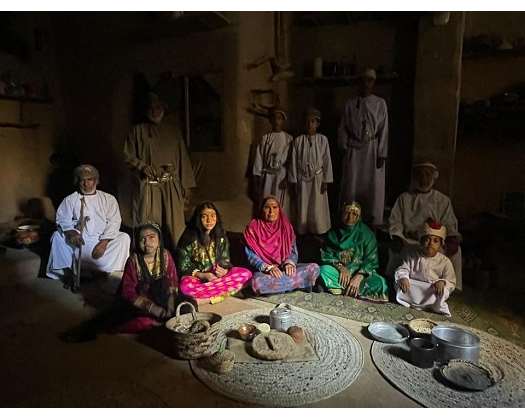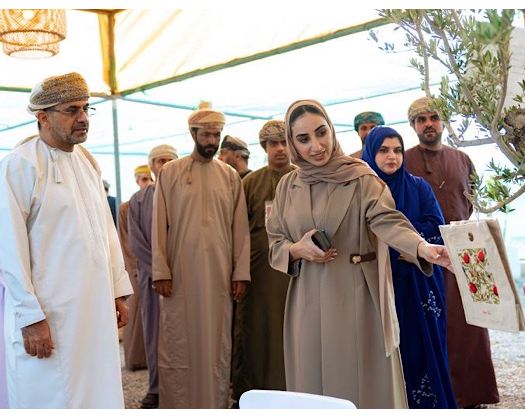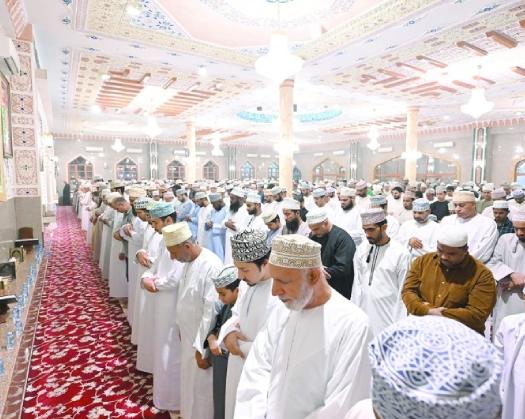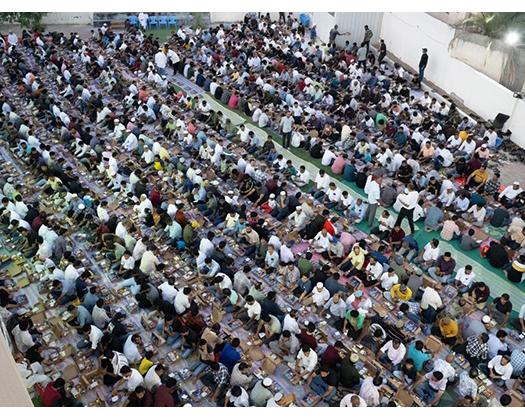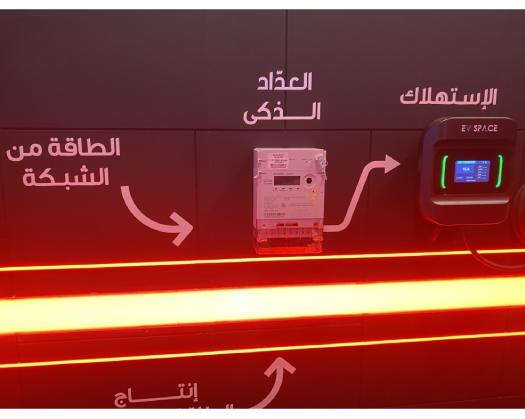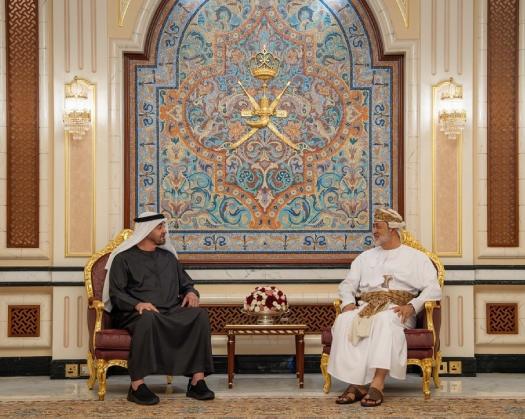Muscat: Bait Al Safah stands as a remarkable testament to the historical richness of Oman, nestled within the Al Hamra district of Al Dakhiliyah Governorate. This architectural gem, constructed during the illustrious reign of Imam Saif bin Sultan Al Ya’arubi in the mid-17th century AD, served multifaceted roles throughout its existence. It functioned as a hub for both scientific and religious gatherings, alongside the administrative headquarters of the town.
Key Features and Significance:
Distinctive Location: Placed at the heart of the ancient town, adjacent to the Al Salaf Mosque, and encircled by lush orchards, palm trees, and a falaj (irrigation channel), the location of Bait Al Safah is as unique as its architectural design.
Architectural Excellence: Crafted from a mixture of mud, straw, and mortar, the house exemplifies the resourcefulness of Omani architects. Its wooden door, aged over four centuries, remains a symbol of its enduring strength.
Historical Importance: Throughout its centuries-long existence, Bait Al Safah has been a witness to a myriad of cultural, scientific, and intellectual endeavors. It has played a pivotal role in the development of Oman's history and cultural legacy.
The house has been meticulously restored to maintain its original characteristics and has been transformed into a living museum.
Presently, Bait Al Safah attracts numerous visitors, providing them with an immersive experience of Omani customs, traditions, and crafts.
It offers a profound glimpse into the Omani way of life in the past, allowing guests to explore the various rooms, learn about traditional crafts such as spinning, weaving, and pottery, and admire the architectural elements that have withstood the test of time.
This historical monument serves as a poignant reminder of Oman's rich heritage and the inventive spirit of its inhabitants. By preserving and exhibiting such treasures, Oman continues to inspire and educate future generations.

